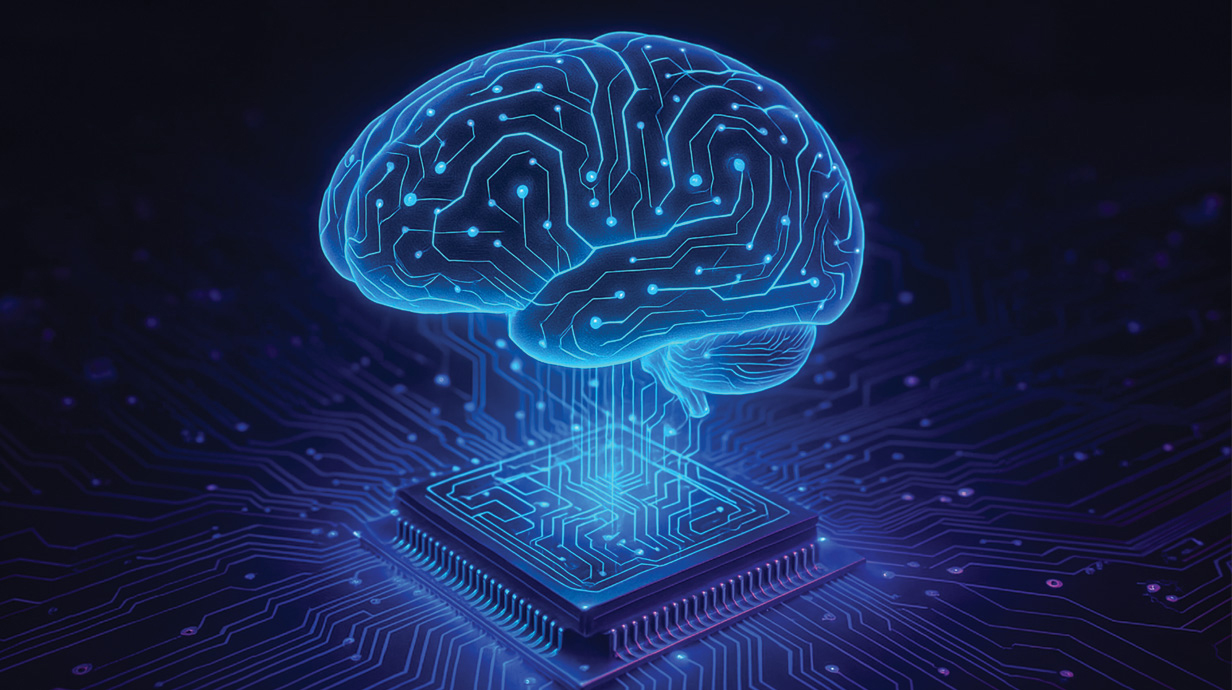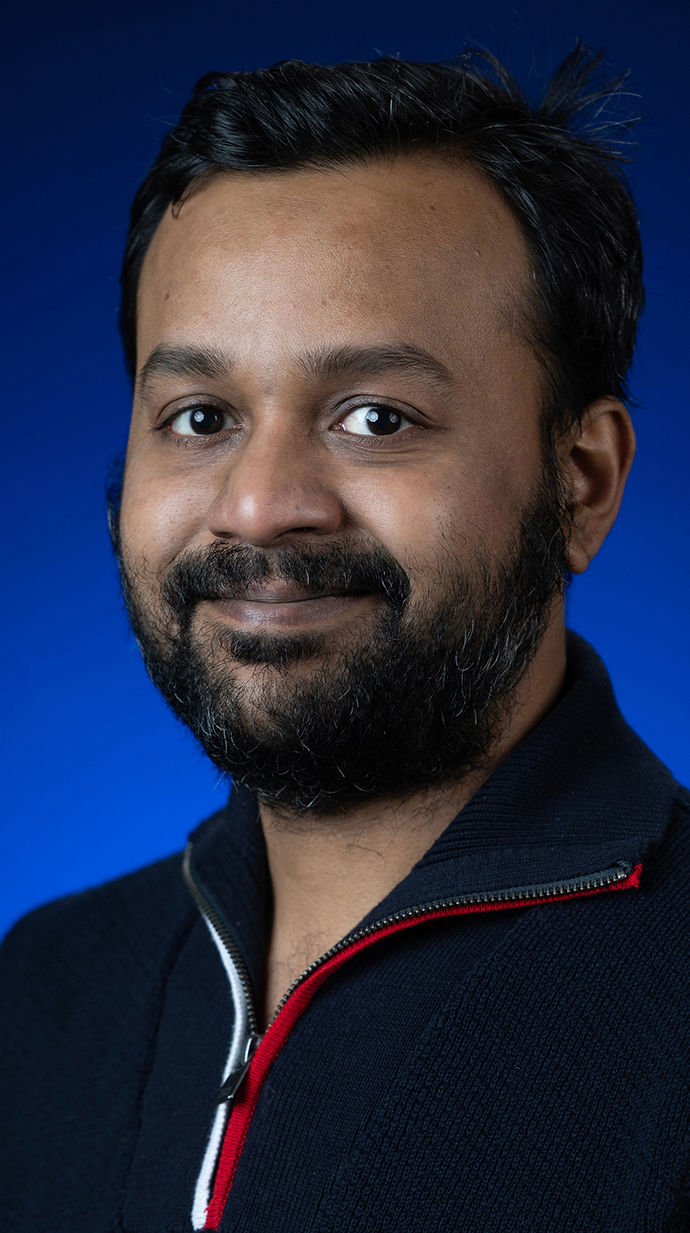Ole Miss Researcher Lands NSF Funding for Brain-Inspired Chip
Proposed device combines short- and long-term memory to boost AI efficiency, performance

OXFORD, Miss. – The growing energy needs for data centers and artificial intelligence computing generated an idea for two researchers who are trying to solve the problem.
Sakib Hasan, assistant professor of electrical and computer engineering at the University of Mississippi, and Raisul Islam, assistant professor of materials engineering at Purdue University, are developing a device inspired by synapses – the point where one nerve cell communicates with another – in a human brain to integrate long-term and short-term memory.

The device, which they call a diffusive ferroelectric field-effect transistor, would allow users to use AI more efficiently by having the calculations done on smaller devices instead of having to rely on energy-hungry data centers. The problem with this approach is how to provide enough energy for the smaller devices to use AI.
"We are hypothesizing that this new device… can enable us to do this with very low energy, because it has short-term memory," Hasan said. "It peaks for a little bit, then it forgets. In other words, remembering is important, but forgetting is also equally important.
"What makes the human brain efficient is that it forgets; it's a big part of learning anyway."
A ferroelectric field-effect transistor is basically a kind of memory device that doesn't forget, Islam said. Once you save information on it, the data stays put even if the power is turned off.
"The importance of this project comes from being able to add short-term memory dynamics to the long-term memory of ferroelectric FETs," Islam said. "The long-term memory can even influence how long the short-term memory lasts, similar to how the brain sometimes holds onto information for just a moment and other times for much longer."
The National Science Foundation provided a grant for $655,000 to support this collaborative effort, which could have wide-ranging applications in AI hardware and energy-efficient computing. Hasan is the principal investigator for the Ole Miss award (no. 2521469) and Islam is the PI for the Purdue award (2521468).

"I see this as a truly crucial grant," Hasan said. "I've been working in this area for quite some time, but I lacked the facilities and experimental expertise that Dr. Islam at Purdue brings to the table. His ability to realize actual devices in hardware fills a critical missing piece of the puzzle."
He and Islam have applied for a U.S. patent on the idea, and they are already working on a second patent. Islam is working on the physical device while Hasan develops the software framework for it.
"Eventually, when his device results mature, we'll put them into our software model and test whether our hypothesis actually works," Hasan said.
"There are really two milestones: first, whether the device will actually work as intended, and second, even if it does, whether it delivers the benefits we expect. Dr. Islam is leading the first question, and I'm leading the second."
If successful, this device will be able to achieve accuracy comparable to current state-of-the-art software AI models while consuming far less energy, bringing it closer to emulating the extreme energy efficiency of the human brain, Hasan said.
This material is based on work supported by NSF award nos. 2521468 and 2521469.
Top: The National Science Foundation is funding work by a UM electrical engineer and a collaborator at Purdue University to develop a brain-inspired microchip. The proposed diffusive ferroelectric field-effect transistor combines short- and long-term memory in a single processor to help make AI hardware more efficient. Adobe Stock photo
By
Jordan Karnbach
Campus
Office, Department or Center
Published
October 24, 2025
